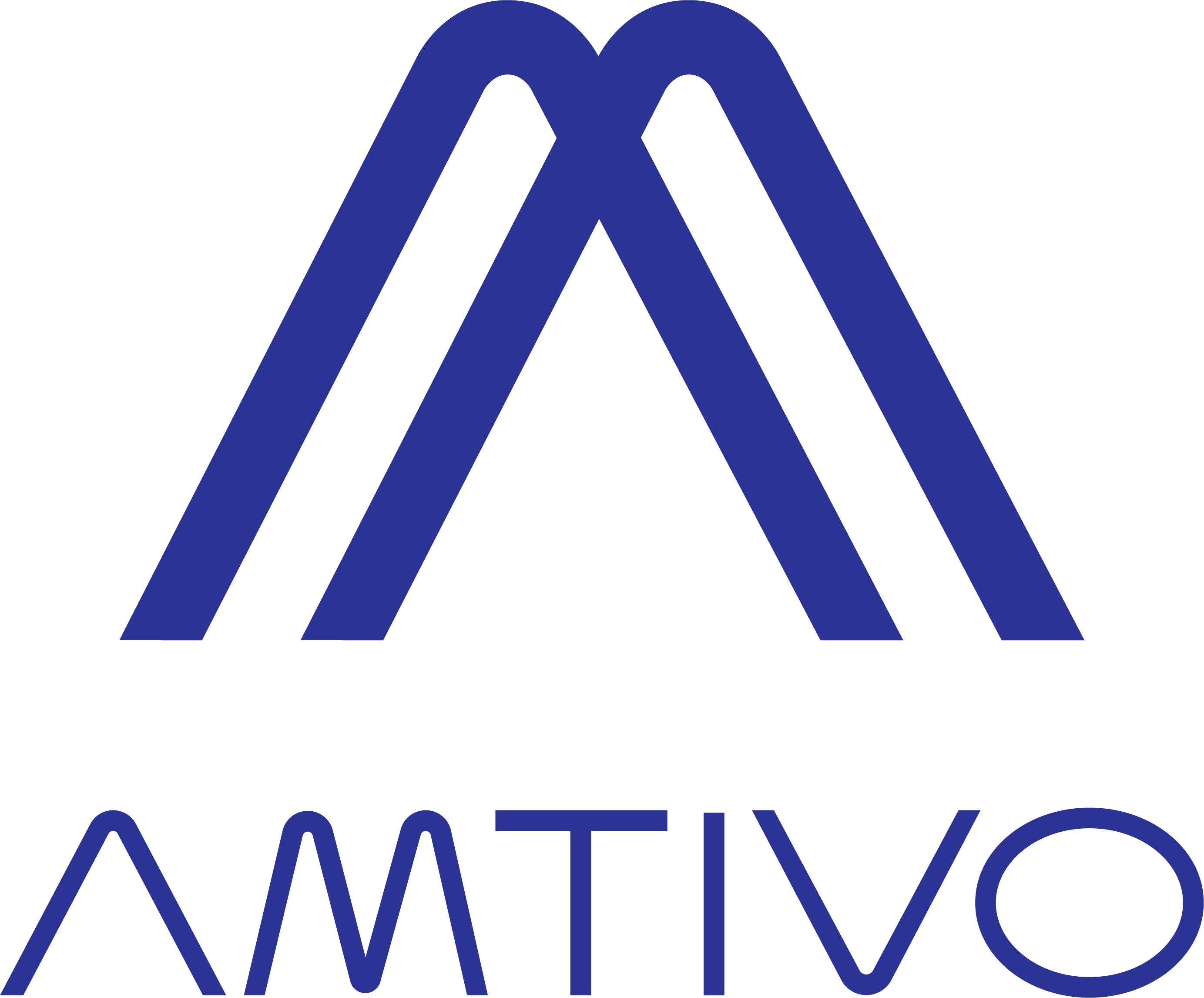ISO 9001 is the world’s most popular management systems standard, providing a framework for organizations to improve the quality of their products and services. More than one million organizations have been certified to ISO 9001, demonstrating its acceptance and effectiveness in various industries across the globe.
If you want to improve customer satisfaction and create consistent, reliable outcomes, ISO 9001 certification should be a top priority. The project begins by understanding how the standard works and the requirements for ISO 9001 certification.
ISO 9001 Requirements Explained
ISO 9001 is a globally recognized framework that helps organizations implement and maintain a QMS (Quality Management System). It contains policies, processes, and technologies designed to meet quality objectives and enhance customer satisfaction.
The standard’s requirements are set by the ISO (International Organization for Standardization), a non-government body comprised of independent experts. As with other management system standards, ISO 9001 is structured into the following clauses:
- Scope—the parts of the organization where the QMS applies.
- Normative References—information about other relevant documents or standards.
- Terms and Definitions—a list of definitions for technical terms used in ISO 9001.
- Context of the Organization—information about internal and external issues that affect your ability to provide products and services.
- Leadership—the responsibilities of senior personnel when implementing and maintaining the QMS.
- Planning—the steps you’ll take to identify risks and opportunities.
- Support—the necessary resources for your implementation project.
- Operation—a list of plans and processes that can help you meet your quality objectives.
- Performance Evaluation—the requirements for monitoring and measuring the effectiveness of your QMS.
- Improvement—the requirements for performing corrective action.
These clauses form the foundation of ISO 9001, providing a structured approach for certification. You can use these clauses to guide the implementation project and the actions you’ll take to build your QMS.
Learn more about ISO 9001 with our guide to quality management systems.

ISO 9001 Certification Requirements Checklist
To achieve ISO 9001 certification, you must identify your quality management requirements and processes, implement a QMS, test your systems, and undergo a certification audit. The following section provides a step-by-step guide to meet these requirements. It offers a clear roadmap to certification and ensures that you apply the requirements from each clause of ISO 9001.
1. Leadership Commitment
Your first task is to secure approval for the certification project from senior management. They are responsible for allocating resources, assigning responsibilities, and approving policies and procedures. As such, you must have their backing before you start the implementation project.
2. Set Objectives
Next, you should set clear, attainable objectives for your QMS. This helps you establish the goals for your system. It also gives you an idea of how to address quality requirements and the resources you need to meet your desired outcomes.
3. Define the Scope of Your Project
It’s essential to set clear limits on your QMS by defining the project’s scope. By identifying the areas of your organization where the system applies, you ensure that your policies, processes, and procedures are relevant to your objectives and don’t create unnecessary work.
4. Gap Analysis
A gap analysis enables you to identify the discrepancies between the current processes and the requirements of ISO 9001. The process helps you understand which areas need to be improved and the amount of work required.
5. Define your QMS Processes and Implement Process Controls
At this stage, you’re ready to implement the policies and procedures contained within your QMS processes. This might involve updating existing practices or introducing new ones, depending on the findings of your gap analysis and your available resources.
6. Training and Awareness
Employees at all levels must understand how your QMS works and their responsibilities. Some staff will require specific training to complete their tasks, whereas others will benefit from awareness training about quality management.
7. Internal Audit
With the QMS in place, you must conduct an internal audit to check whether it works as intended. This helps you spot any weaknesses with your controls and identify areas that can be improved.
8. Corrective Actions
If the internal audit reveals any nonconformities, you should take corrective action as soon as possible. This might be a case of correcting procedures or clarifying policies, but some weaknesses will require investigative work to identify the source of the problem.
9. Monitoring and Management Review
By now, you should be confident that your QMS meets ISO 9001’s requirements, but you need to make sure that it works consistently before you seek certification. You can do this by monitoring the system against your objectives for three to twelve months, depending on the size and complexity of your operations.
During this period, senior management should review the system and its performance. Once they have signed off on it, you are ready to start the certification application.
10. Prepare for a Certification Audit
The final task is to undergo a certification audit from an independent assessment body. You should look for a provider that’s experienced with ISO 9001 and is accredited to perform certification audits in your country.
Download our free guide to learn more about the ISO certification process.

How To Meet Your ISO 9001 Certification Requirements
The ISO 9001 certification process can appear complex, but there are several steps you can take to simplify the process. Here are some practical tips to ensure that you meet your requirements.
Get ISO 9001 Understanding
When preparing for your certification audit, you should begin by purchasing a copy of ISO 9001. This document offers firsthand information and ensures that you have accurate, in-depth guidance.
The ISO, which maintains the standard’s compliance requirements, also produces a range of free resources, such as its guide to quality management for small enterprises.
You can also take part in our free online ISO 9001 training course as a good starting point.
For more information on the meaning of accredited ISO certification go to: https://iaf.nu/general_information/expected-outcomes-for-accredited-certication-to-iso-management-system-standards-such-as-iso-9001-and-iso-14001/
Ensure That You Have Management Support
The ISO 9001 certification process takes time and requires input from employees across your team. For your project to be successful, you must have complete backing from senior management. You need them to provide resources, authorize certain tasks, and complete the management review ahead of a certification audit.
Appoint a Management Representative
A management representative is a liaison between senior management and the implementation team. Appointing someone in this role ensures clear communication and understanding of the project goals and progress at all levels of the organization.
Although the latest version of ISO 9001 removes the requirement for a management representative, it can still be helpful in some situations. While the 2015 version of ISO 9001 does not specifically require a management representative, it emphasizes leadership and commitment from top management, which can include appointing a management representative or integrating these responsibilities more broadly within leadership roles.
Communicate Your Policies
Quality management policies showcase your organization’s commitment to quality and outline your objectives, and it’s important to remind your team about these principles. You can do this in various ways, including team briefings, newsletters, and feedback sessions.
A well-communicated QMS can boost involvement and accountability across the organization, ensuring that the system remains effective.
Find more certification tips with our ISO 9001 Checklist.
ISO 9001 Certification With Amtivo
Amtivo offers a range of ISO 9001 certification services. Our team of expert auditors can help assess your QMS and ensure that it meets the standard’s requirements. We also offer specialist ISO 9001 training courses to support your implementation project.
As an ANAB-accredited assessment body, we’re authorized to issue ISO certificates across various management systems,
Want to learn more? Read our guide explaining the differences between AS9100 vs ISO 9001.
Contact us today for an ISO 9001 certification quote.



